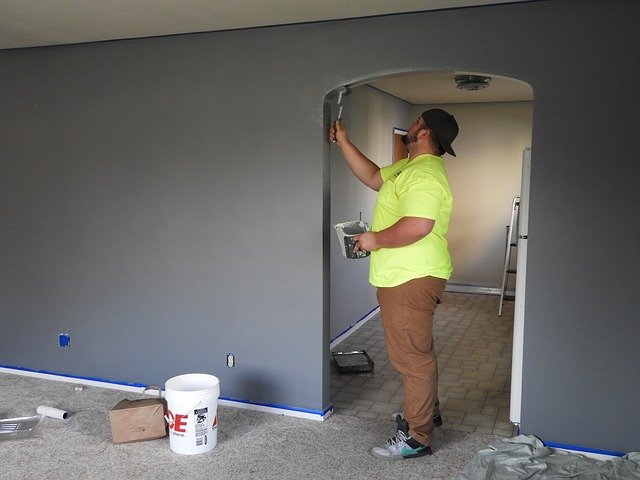THE ROAD TOWARDS A SWEET HOUSE REMODELLING SUCCESS
The Road Towards A Sweet House Remodelling Success
Were you to believe what you saw on Home Crashers and This Old House, you’d think that a home renovation could be done in less than half an hour. While we know this is far from true, these television programmes rely on the fast-shot remodelling style presented by suave hosts that often take every bit of reality from the actual renovation. Home renovation is a complex project with many time-consuming activities that often break through the deadlines and cause all sorts of unexpected problems. That is why it’s important to talk about renovation as a series of small steps that are easy to accomplish.
Planning phase
Whether you invest in fully-expanded architectural plans or just sketch in your notebook, it’s always cheaper to correct mistakes on paper before the remodel starts taking its shape. At this point, you should determine the funds for your renovation and make a “DIY or pro” list of projects that need to be done. Also, start asking around for contractors and subcontractors for the jobs you’d rather have professional renovators do.
Large repairs first
It’s important that large projects are tackled early on, since all the following projects somehow depend on them. These ‘capital’ jobs include roof replacement or repair, foundation fixing, water issues, as well as repairing or reinstalling siding and windows. Fixing the foundation will ensure that the house will be able to withstand new additions, while a new roof, siding and windows will protect the remodel from the elements. Apart from the foundation, hire a professional to inspect bearing walls, joists and carrying beams.
Structural carpentry
This phase should include repairing or retrofitting carpentry elements that support other elements such as drywall, new walls, windows, and doors. If you planned to construct new walls, section off large rooms or enlarge window openings, this is the right time to do it. Adding support beams would be wise if you intend to renovate the attic, since you’ll probably end up with greater weight upstairs. A new addition will need new doorways and windows as well.
Utility systems and ductwork
While the walls and ceilings are still open, you need to install home utility services such as electrical, plumbing, gas and HVAC. Schedule the HVAC installers to install the ductwork for central heating and air conditioning. You also need to schedule a visit by the electrical and plumbing inspectors to make sure the electrical and plumbing lines and fixtures are installed according to regulations. This is also the perfect time to add fibreglass insulation to the walls and ceiling.
Adding drywall
After the insulation is laid, a second visit from the electrical and plumbing inspectors will give you the green light to close up the walls. The installers hang sheets of drywall, apply the compound and let it dry. When it dries, they sand it smooth, often repeating the process until they achieve a seamless surface suitable for painting.
Painting
Painting detail-oriented surfaces, such as baseboards, moulding, windows and doors trim and built-in storage elements, needs to be one of the last indoor projects as this job can damage your other works. On the outside, however, you’re ready for a façade makeover, which is better relegated to the professionals. What you can do yourself, though, is grab some durable line marking paint and outline the driveway and parking place lines, sprucing up your home’s curb appeal in an instant.
Flooring
It’s still debatable if you should paint the interior before you sand and install the new flooring or the other way round. Laying the floor first means you need to take extra measures to protect the flooring, while painting first means you need to take care the floor sander doesn’t damage your walls. Eventually, the choice of flooring should tell you what to do first. Among the most popular renovators’ choices are laminate, vinyl, solid hardwood tile and engineered wood.
If you approach your remodelling project methodically where one phase naturally folds into another, it’s less likely you’ll run into unexpected problems and setbacks. Apart from having a feasible renovation plan, it’s important to separate the jobs that can be DIY-ed from those that require professional help.




